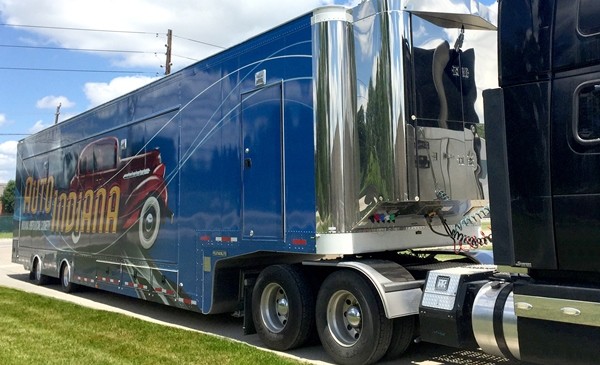 I was granted a sneak peek Thursday of the Indiana Historical Society’s new traveling exhibit, History on Wheels. Housed inside a 53-foot double expandable semi-trailer, the one-of-a-kind exhibit celebrates Indiana’s incredible contributions to the automobile industry within 1,000 square feet of indoor museum space.
I was granted a sneak peek Thursday of the Indiana Historical Society’s new traveling exhibit, History on Wheels. Housed inside a 53-foot double expandable semi-trailer, the one-of-a-kind exhibit celebrates Indiana’s incredible contributions to the automobile industry within 1,000 square feet of indoor museum space.
Ever since Elwood Haynes famously took his first “horseless carriage” out for a stroll on Pumpkinvine Pike in Kokomo in 1894, Indiana has been putting its stamp on automotive lore, climbing back to No. 2 in the nation (behind only Michigan) in automotive production.
The exhibit touches on the history of more than 100 Indiana automakers and manufacturers, such as Duesenberg, Gibson and Studebaker. It also delves into the lives of Hoosier innovators and inventors, such as Carl Fisher, Haynes and Ralph Teetor.
“For decades, the Indiana Historical Society has dedicated resources to giving people a way to experience and enjoy Indiana history in their own communities,” says John A. Herbst, IHS president and CEO. “History on Wheels allows us to expand on this critical part of our mission. As the only traveling exhibit of its kind in the state, it is a new way to experience history.”
IHS History on Wheels program manager Curt Barsic guided me around the colorful display. He relays that IHS hopes the exhibit will draw at least 100,000 annual visitors as it makes its way across the state and strives to be featured in 20 festivals per year. (The exhibit will be on the road for at least five years).
“We conducted focus groups and the overwhelming majority of people wanted to see an exhibit on the automotive history in the state,” he explains. “We had a list of 13 topics and in every focus group it was at or near the top.”
He points out one display that contrasts scenes from the 1934 Indianapolis 500 with its 100th running in 2016.
“It’s so cool,” Barsic notes. “You can see how close the crowd is (in 1934), and how close to pit row they are.”
The public will get its first chance to see History on Wheels Saturday, May 6, when IHS launches the traveling exhibit with free admission and extended hours in honor of the OneAmerica 500 Festival Mini-Marathon. History on Wheels will be open 8 a.m. to 5 p.m. at the Eugene and Marilyn Glick Indiana History Center, located in downtown Indianapolis, across the street from the Mini post-race party. The exhibit will remain at the History Center and be included with admission to the Indiana Experience May 7-13.
History on Wheels is supported by Lilly Endowment Inc. and fueled by CountryMark. For reservation fees and booking information, contact Mark McNees, IHS History on Wheels coordinator, at (317) 234-2029 or mmcnees@indianahistory.org. More event locations and details are available on IHS’s website at www.indianahistory.org/HistoryonWheels.
2017 History on Wheels schedule (new dates are still being added):
- May 6 – 13 – Indiana Historical Society, Downtown Indianapolis
- June 2 – 3 – CruZionsville, Downtown Zionsville
- June 28 – July 1 – Covington 4th of July Festival, Covington City Park, Covington
- July 7 – 9 – Three Rivers Festival, Headwaters Park, Fort Wayne
- July 10 – 15 – Howard County 4-H Fair, Greentown Fairgrounds, Greentown
- July 28 – 29 – Frankfort Hot Dog Festival, Downtown Courthouse Square, Frankfort
- Aug. 19 – 20 – Yellowstone Trail Fest, Starke County Fairgrounds, Hamlet
- Sept. 15 – 16 – Back to the Fifties Festival, Boone County Fairgrounds, Lebanon
- Sept. 20 – City of Whiting Cruise Night, Downtown Whiting
- Sept. 29 – Oct. 1 – Newport Antique Auto Hill Climb, Newport
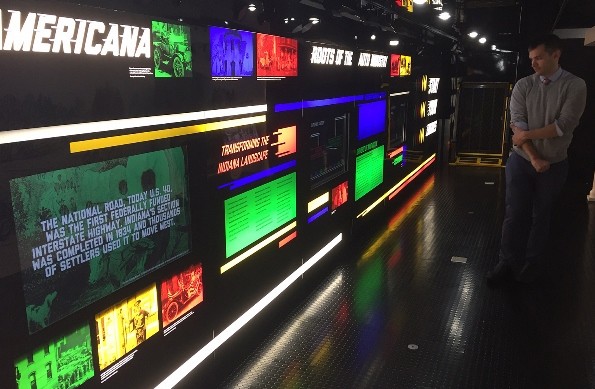
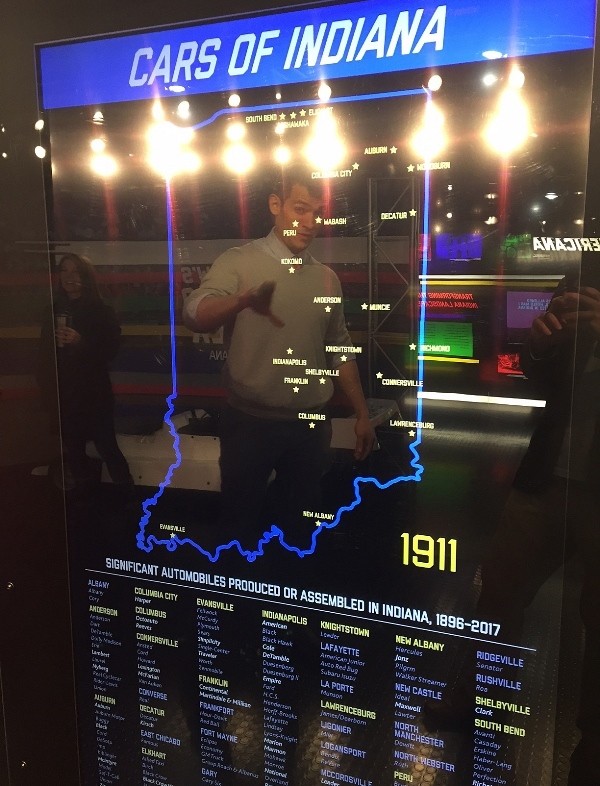
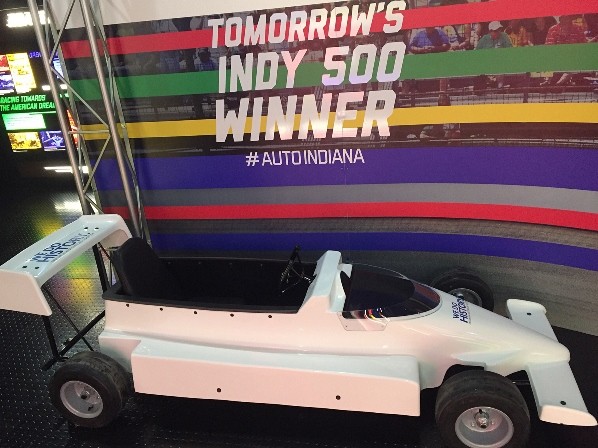
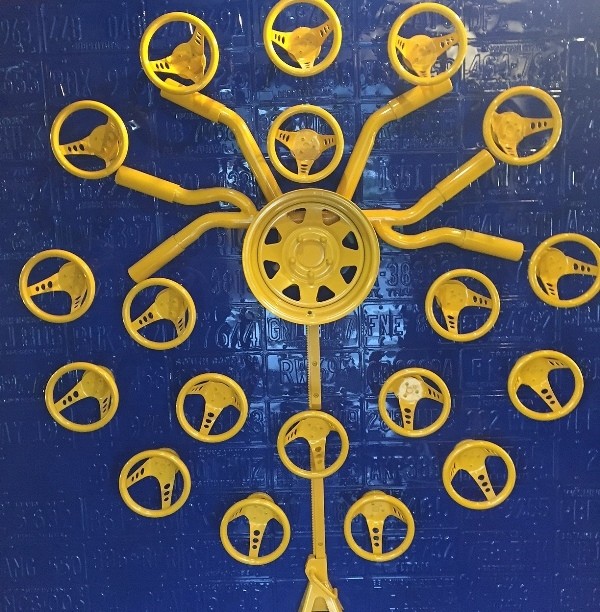
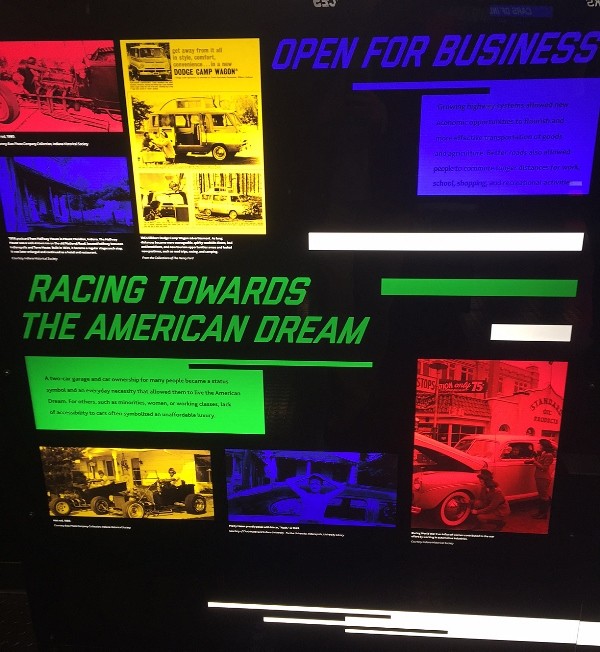
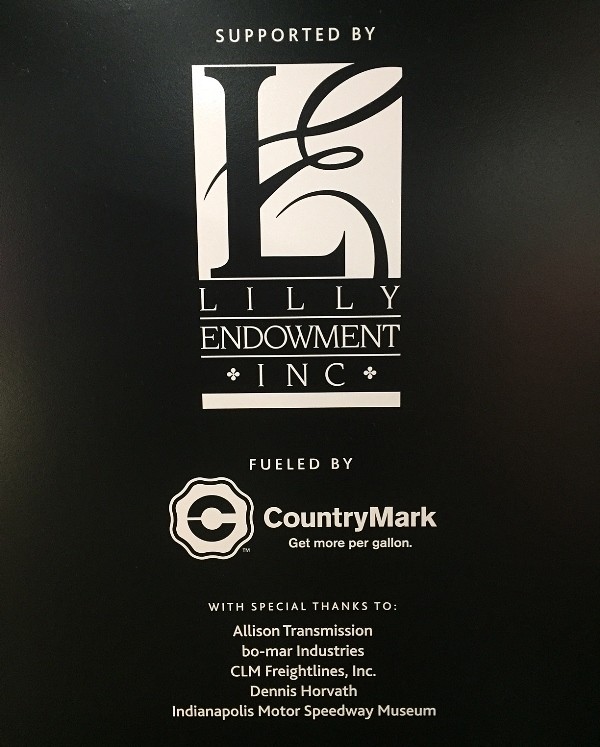

 December 20 marked 50 years since the Studebaker Corporation left South Bend. Our friends at Inside INdiana Business
December 20 marked 50 years since the Studebaker Corporation left South Bend. Our friends at Inside INdiana Business